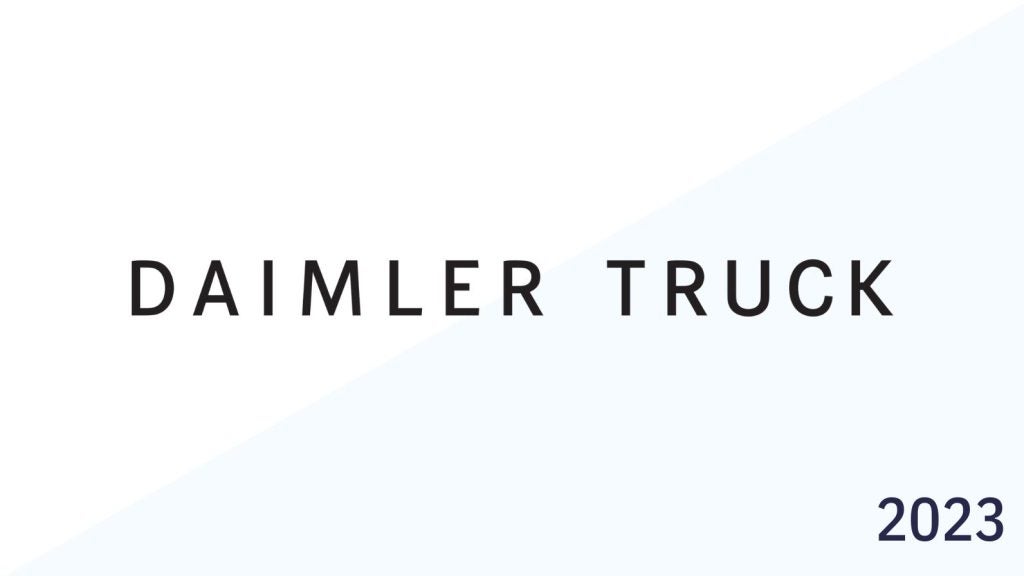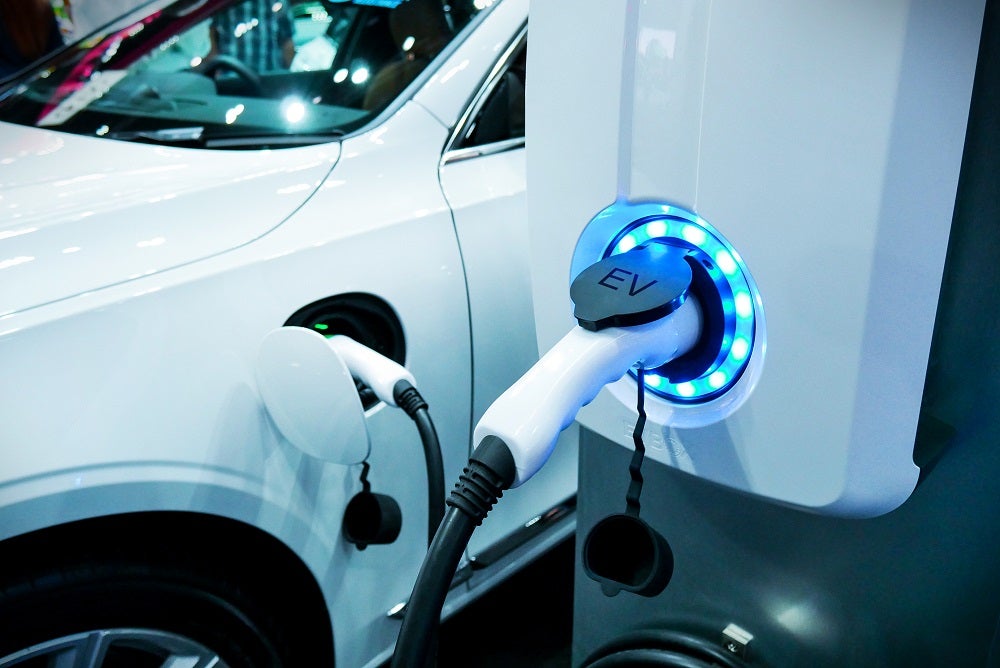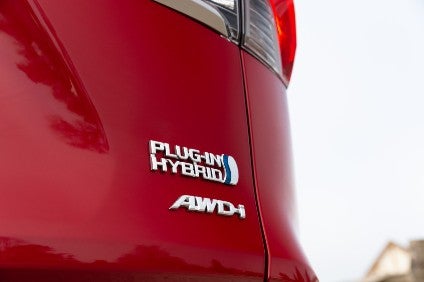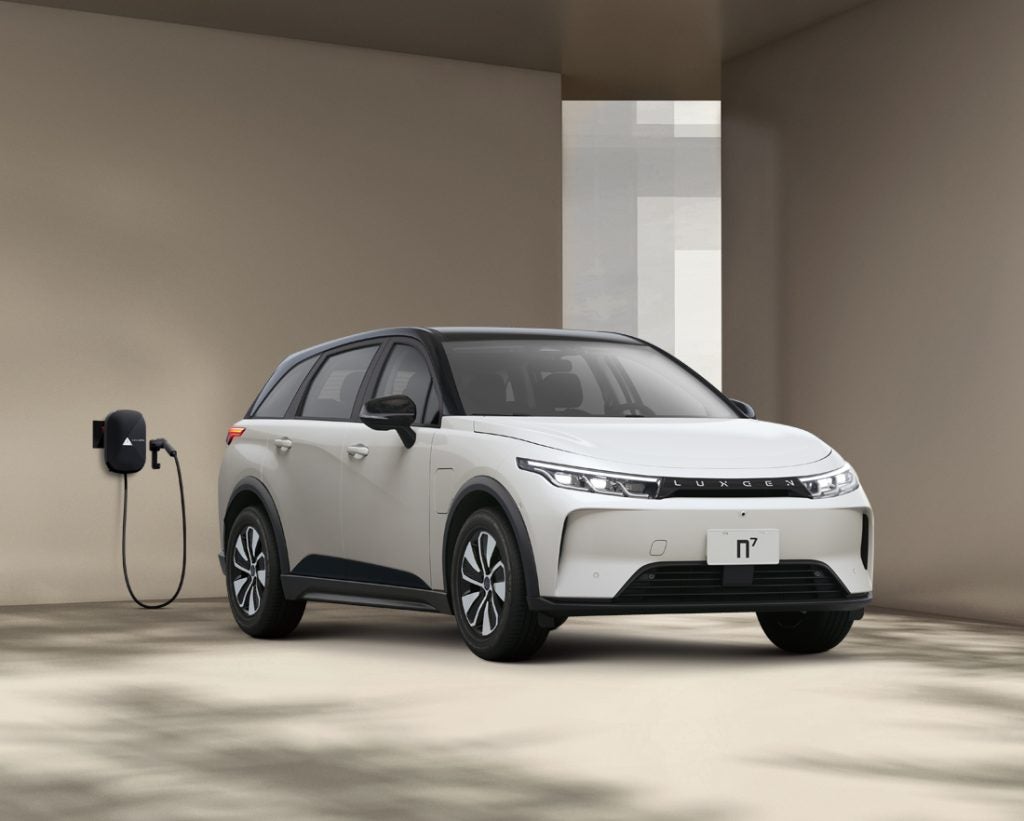 Record January sales following a strong December, vehicle price rises and predictions of economic downturn present the perception that all is well in the auto world Down Under. However, matters are far from fine – even for General Motors’ affiliate Holden which claimed almost one in five of sales in a bullish start to 2001, writes Mike Duffy. For while January kicked off with 8.5 percent market growth over the same month the previous year, close analysis of the sales statistics prompts widespread cause for concern.
Record January sales following a strong December, vehicle price rises and predictions of economic downturn present the perception that all is well in the auto world Down Under. However, matters are far from fine – even for General Motors’ affiliate Holden which claimed almost one in five of sales in a bullish start to 2001, writes Mike Duffy. For while January kicked off with 8.5 percent market growth over the same month the previous year, close analysis of the sales statistics prompts widespread cause for concern.
Ford Australia sold 6779 vehicles in January for 13.2 percent of the market. To put that in perspective, Holden sold 9696 units for 18.9 percent and Toyota 8593 vehicles for 16.7 percent. And the battle between the nation’s two top selling big cars is as one-sided as last year, with the Holden Commodore finding 4859 takers in January to Ford Falcon’s 3011. Holden recorded its best January sales for 22 years and had good cause for celebration. The brand which projects itself as Australian as kangaroos and Aussie Rules football has every right to be optimistic about its own fortunes.
 |
Ford – second behind Holden |
“An unprecedented display of product excitement will conclude with the launch of the new Monaro at year’s end. We expect the overall market in Australia to hold up well despite the less optimistic outlook in global markets.”
“close analysis of the sales statistics prompts widespread cause for concern.” |
And who can argue with McKenzie, a proven auto marketeer with the runs on the board? But there is underlying concern that the overwhelming and growing strength of Holden could well turn out to be its weakness.
Australia’s four domestic producers, Holden, Toyota, Ford and Mitsubishi are served by a network of primary and secondary component suppliers who are lifting their standing all the time in terms of quality and price competitiveness. But efficiency and economies of scale in the supplier industry can be sustained only if all four customers remain on the scene. If one drops out – as did Nissan in the early 1990s – then the numbers fail to add up and imports would pick up at least some of the sales of the departed car maker.
Toyota, Australia’s top car maker/importer last year and exporter of $A1 billion ($US549 million) worth of CBU (completely built up) and CKD (completely knocked down assembly kit) cars, is as solid as a rock – even though it is tipping it will make a loss for 2000.
How well do you really know your competitors?
Access the most comprehensive Company Profiles on the market, powered by GlobalData. Save hours of research. Gain competitive edge.

Thank you!
Your download email will arrive shortly
Not ready to buy yet? Download a free sample
We are confident about the unique quality of our Company Profiles. However, we want you to make the most beneficial decision for your business, so we offer a free sample that you can download by submitting the below form
By GlobalData |
Demand for Holden cars remains strong – this year will mark the return to the market of the time-honoured Monaro badge |
Holden knows well that it cannot maintain the big car market on its own.
Should Ford Motor Company decide against investing in the next-generation Falcon and force Ford Australia to share a platform or large-medium sized car with another company in the global Blue Oval loop, a growing number of Aussie big car buyers could get used to driving smaller vehicles. And that could be the beginning of the end for the big, powerful rear drive Australian car. Hence Holden’s apprehension.
Mitsubishi Motors’ future will be decided after a major assessment of the DaimlerChrysler-controlled Mitsubishi Motors Corporation of Japan, a plan which is expected to be made public by the end of March. MMC ended a year of speculation late last year with a $A172 million ($US94 million) injection for Mitsubishi Australia to retire debt, kick-start the domestic market and fund export efforts in the United States and the Middle East. The situation is so serious that South Australian Premier John Olsen met with the MMC board in Tokyo yesterday (06/02/01) to put a $A20 million ($US11 million) assistance package on the negotiating table.
 |
Mitsubishi Motors’ future is yet to be decided |
The SA government has developed a business proposal which makes available the funds in the form of an interest-free loan. If certain export targets and job creation criteria are met, then Mitsubishi will have to repay only half the loan. Mr Olsen reported from Tokyo yesterday that the proposal had been well received by Rolf Eckrodt, the chief operating officer installed by DaimlerChrlysler which has a controlling interest in the financially-troubled car maker.
“the poor performance of Ford and Mitsubishi has taken the icing off the record January cake.” |
The Premier knows well that $A20 million – and low-value Australian dollars at that – is hardly a bounty likely to overly impress a global car maker. But he is banking on the fact that it does, at least, illustrate community and state government backing. And further investment by MMC in its Australian operation would earn credits under the new federal government industry plan.
Mitsubishi Australia had a disappointing month in January selling 4461 cars and commercials for 8.7 percent of the total market. That included only 1237 Magna/Verada cars – a figure which falls well short of the 2500 monthly sales necessary to reach a domestic target of 30,000 vehicles. And that is the number managing director Tom Phillips has used as minimum domestic sales to achieve break-even this year. Even then, Mitsubishi has to export another 30,000 units, CBU sales in Australia must remain healthy and the Australian dollar has to stay over the 58 yen exchange rate. So the poor performance of Ford and Mitsubishi has taken the icing off the record January cake.
 |
In terms of sales, Nissan finished in fifth place |
Phillips has worked wonders since taking over Mitsubishi Australia six months ago and is expected to announce good news within days. Sadly, when he reveals his 2000 results next month the reality will be a bottom line loss of $A200 million ($US110 million) – monstering last year’s record $A130 million ($US71 million) deficit.
Nissan was the best of the (full importer) rest finishing in fifth place in January with 3480 sales for 6.8 percent, edging out Hyundai who sold 3372 units for 6.6 percent. Honda, Mazda and Subaru rounded out sixth, seventh and eighth placings and the surprise newcomer to the top 10 was Mercedes-Benz, riding the crest of a sales wave with rising demand for its new C-class and healthy sales of nearly all of its product line-up.
The passenger market was up 2786 units or 8.2 percent. Small cars were up 2739 or 29.6 percent; the large car segment rose 1572 vehicles or 16.9 percent and the luxury segment grew by 528 units or an impressive 34.5 percent. People mover (minivan) sales were up 133 units or 19.9 percent.
The light truck (pickup) market came in 1253 higher; pick-up/cab-chassis 4×4 sales were down by 213 units or 9.3 percent. The van segment and light bus market were both down, but there was good growth in the 2WD pick-up cab-chassis segment and in medium and large trucks. The heavy trucks market was line-ball with last January.
 |
Toyota is as solid as a rock – even though it is tipping it will make a loss for 2000 |
Final words from Toyota Australia boss John Conomos:
“This is not going to be the year for drawing conclusions by taking a snap-shot of one single month,” he said.
“I think we suffered from price rises – around 4 percent on some models.
“We had a hell of lot of product shortages, particularly Corolla – 2000 in January compared with 4000, 4500 Corollas in previous months.
“Our Corolla allocation has been halved this year as we approach a new Corolla at the end of the year.
“This is not going to be the year for drawing conclusions by taking a snap-shot of one single month.” |
“The new model is on sale in Japan and production capacity has been saturated by demand for the new car.”
He said Camry sales were affected by the poor domestic supply resulting from a need to build 3500 units for export markets. “We had a record month for exports in January – over 5500 of Camry. So domestic production suffered.”
Conomos is tipping the Australian market would slow down this year. He said Toyota had budgeted for 750,000 total market, 30,000 fewer than the Federal Chamber of Automotive Industries and other estimates of 800,000-plus. Conomos said he was expecting a volatile year with swings and fluctuations, dominated again by currency, the economy and fuel prices.
“Interest rates will be a boon and to some extent will counter some of the gloom.
“Volatility has become the norm for the automobile industry – the only consistent thing about our industry is change.”
Author Mike Duffy is motoring editor of The Advertiser and Sunday Mail in Adelaide, South Australia.








